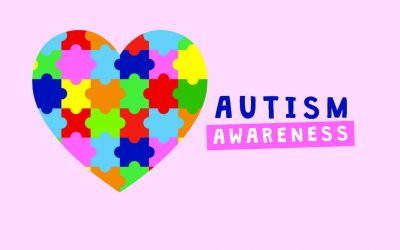ON MEANING BLINDNESS, DIVERSITY AND STEREOTYPES
I have a friend who has no sight, had his eyes removed in childhood due to cancer.
It was a great insight (pardon the pun) into how parallel our experiences were.
I navigate a lot spatially and through placement of things… I know what they are because of where they are and I found that when bowls were placed to my left side I didn’t use them because I couldn’t recognise them, cups too… but placed to my right side I generally ‘discovered’ them… it was pretty funny because people would say, what are you doing, and I’d say, filling up the thing with rubbish and they’d say, Donna, what do you think that is, and I’d say, I don’t know and they’d say, Donna, that’s your bowl and in the meantime I’d wondered why I’d not got one, sometimes seeing them use one and feeling put out I’d not received one (for if I see the thing used I know what it is) but in any case, improvising and making do with something else… so its always knew and a discovery with agnosia… gets colorful.
When I navigate my house in the dark, I feel this is my natural ‘eyes’ because touch is my eyes, and when my husband chris puts lights on to ‘help me see what I’m doing’ I’m often snappy because then I am switched to visual bombardment and understand LESS!
he’s fab and its certainly a wonderfully colorful time.
I not only struggle to recognise things with meaning for the first few seconds unless they are being used or in their ‘right’ place but even once I work out what they are and use them, I set them down or stop moving them and what they are disappears again! So, your world is very familiar to me. I guess I live in a strange world between the sighted and unsighted.
Politics….
Of course, whilst many on the autistic spectrum have a degree of meaning deafness, a lesser percentage have both meaning deafness and meaning blindness and having both significantly alters learning style. If you live with someone who has both, you have to adapt your ideas of visual learning so they are useable to someone with poor visual-meaning processing and retention (and remember I have a great photographic memory but the processing for MEANING is limited, so one doesn’t imply the other).
The danger with any autism spectrum spokesperson assuming that visual processing is on-line, highly developed and working consistently for all of us, is that those of us for whom this is not so are then assumed lesser functioning versions of themselves. This is prejudicial and ignorant and those who are both meaning-deaf and meaning-blind are no more or less intellegent than someone who is actually deaf or blind or deaf-blind. Imagine a parallel where those in the deaf community never considered the difference between themselves and those in their group who were deaf-blind.
When spokespeople in the autism field claim ALL AUTISTICS ‘think in pictures’, process information visually, etc etc, they do people like me the same dis-service. There’s a word which needs to be learned… the word is SOME. Some people with autism…. some non-autistic people….some……
🙂 Donna Williams *)
copyright Donna Williams 2006.
—
Donna Williams *)
Ever the naughty Autie.
www.donnawilliams.net
www.auties.org


